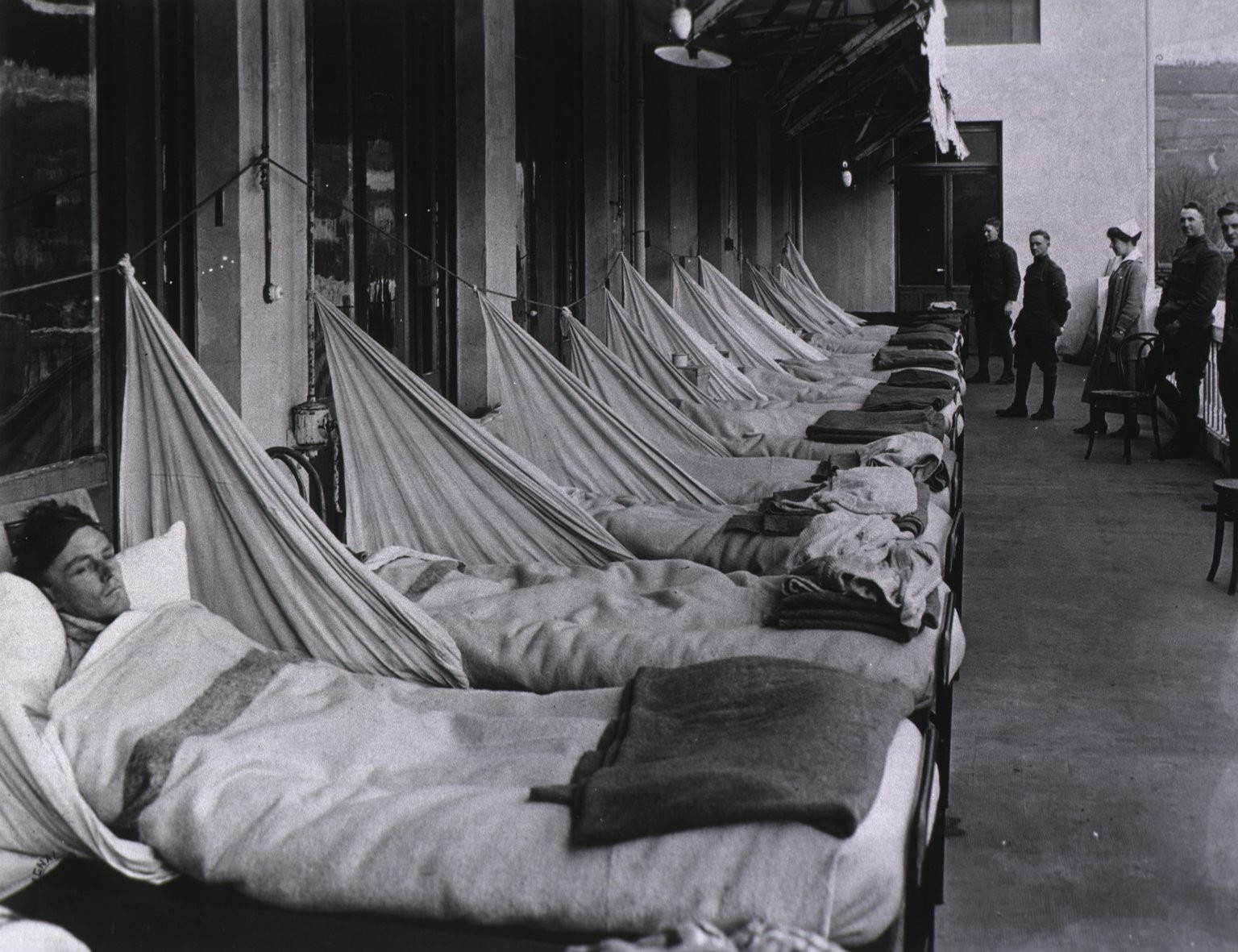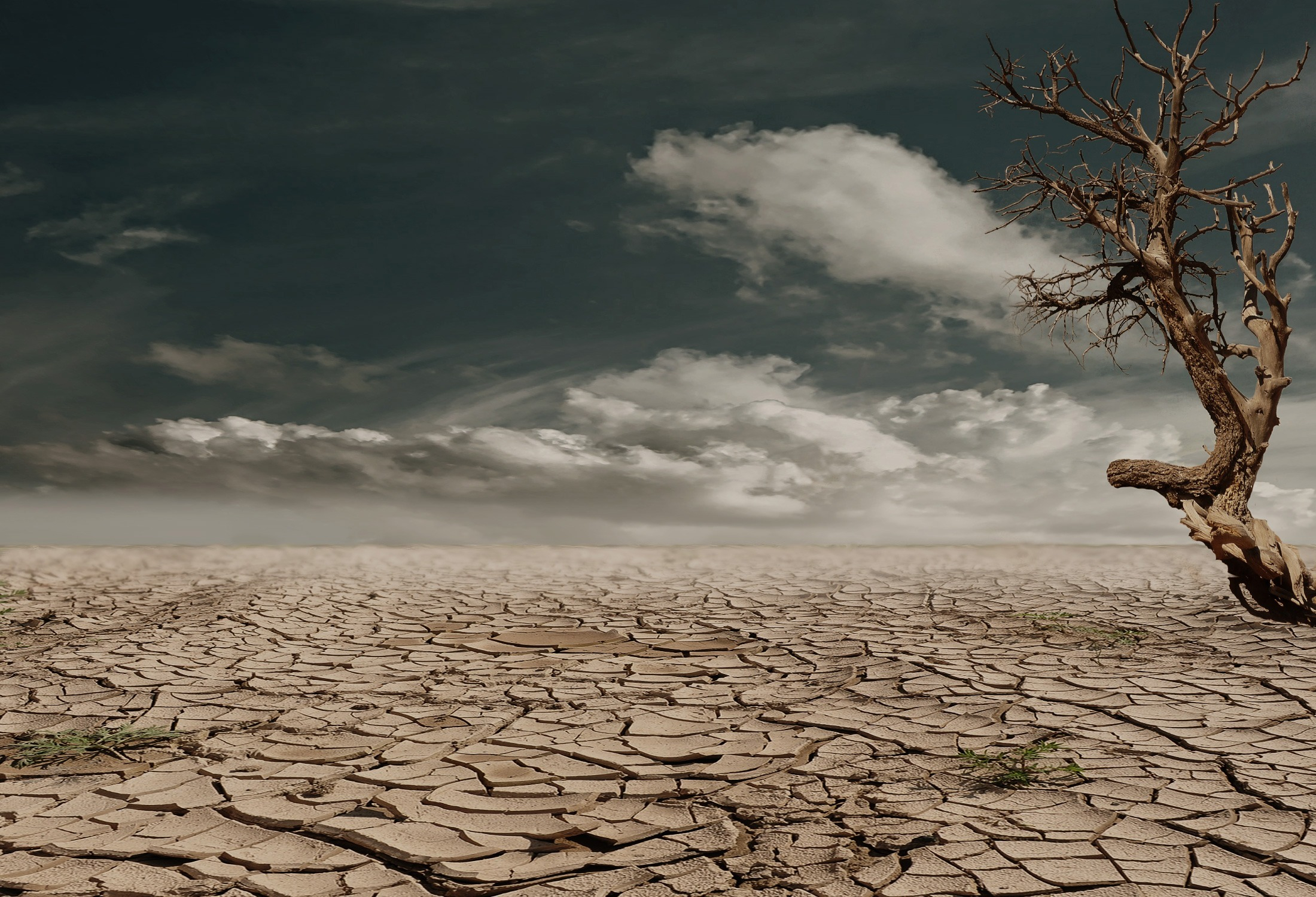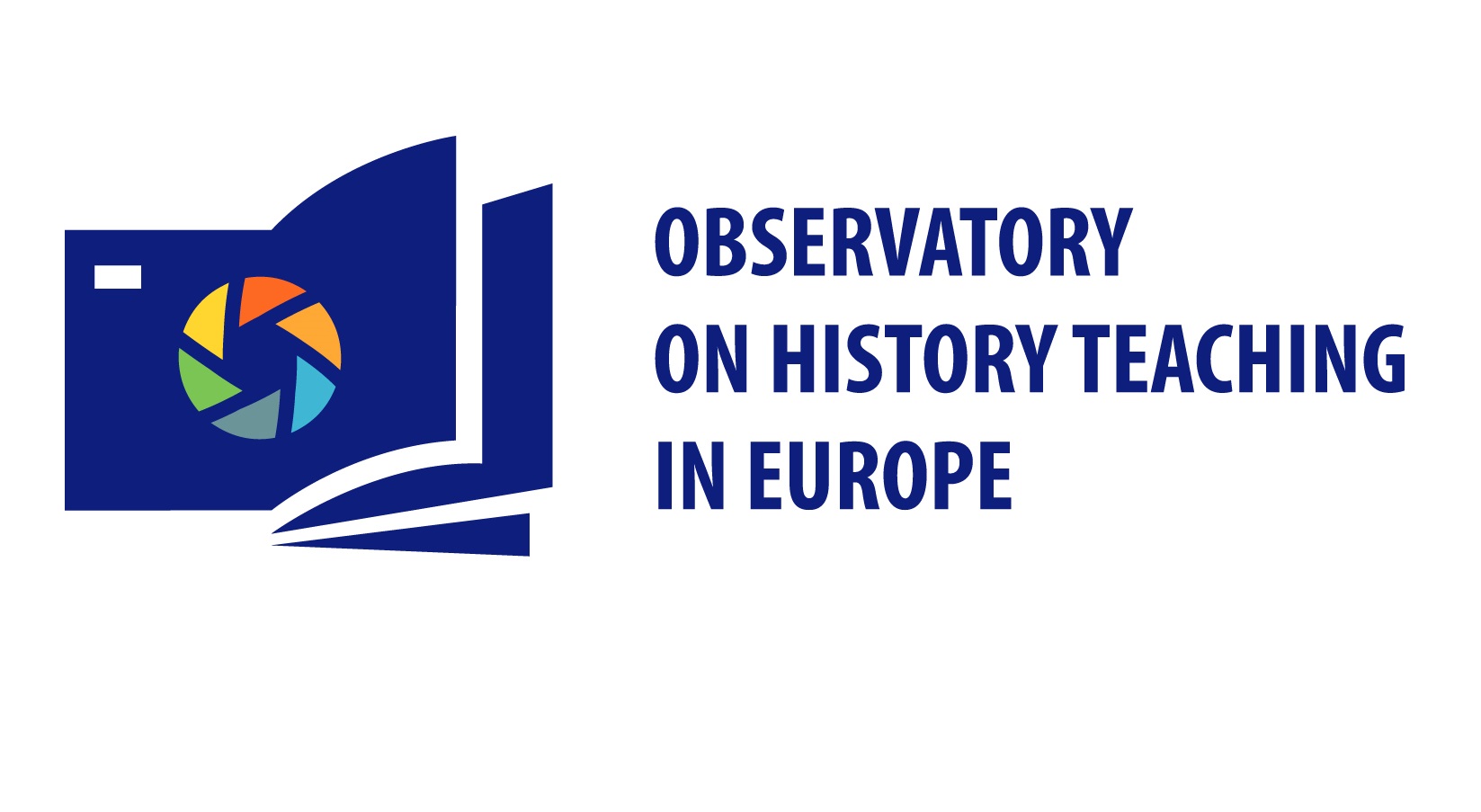What are pandemics and natural disasters?


Despite the death and devastation they wrought on societies, events such as pandemics and natural disasters are given little attention in history education. This is because, traditionally, history education focused almost exclusively on political and national history and was centred on the construction and transmission of a positive national narrative designed to inculcate feelings of loyalty to one’s country and to reinforce notions of group belonging and identity.
A similar lack of attention to these topics can also be seen in academic history, where studies of pandemics and natural disasters have been, until recently, considered specialist rather than mainstream subjects.
What you will find in the OHTE Thematic report on "Pandemics and natural disasters as reflected in history teaching" (2022)
The thematic report explores the place of pandemics and natural disasters in curricula across different levels of education. The report:
- focuses on the history curricula of the OHTE member states;
- identifies other curricular areas where these topics may also be explored in the classroom;
- addresses the extent to which the content is prescribed in the respective curriculum;
- addresses the room for manoeuvre that teachers have in approaching such topics;
- addresses the methods of teaching, the resources used, the anticipated learning outcomes;
- as well as whether or not approaches promoting multiperspectivity are adopted at curricular level;
- also identifies the specific learning outcomes associated with the teaching of pandemics and natural disasters in history and other curricula.
How are pandemics and natural disasters taught ?
Why should pandemics and natural disasters be taught in history lessons?
Ways of teaching about the history of pandemics and natural disasters



